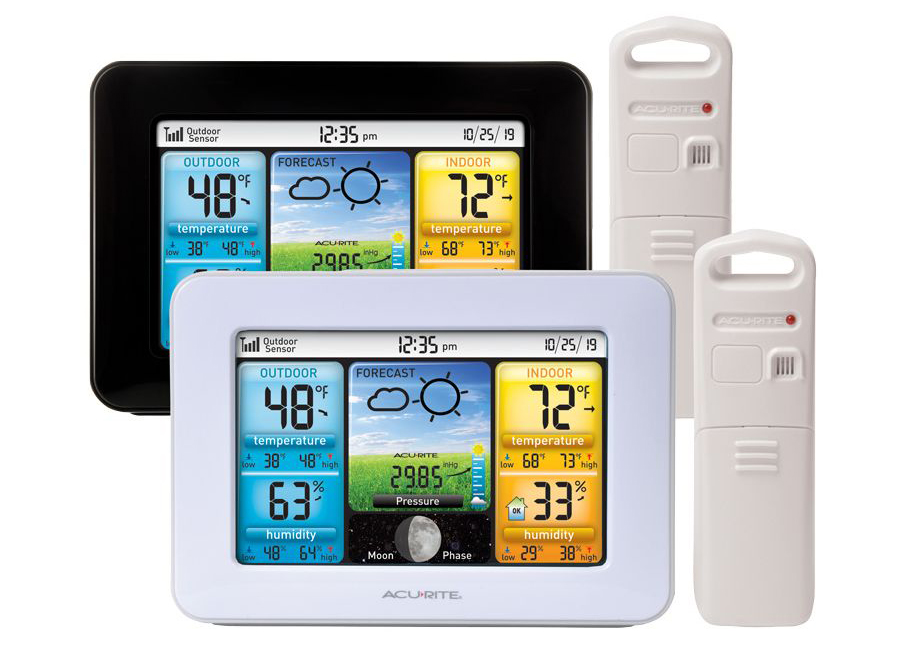Moonstruck: The lunar cycle's effect on gardening
Many gardeners and farmers believe the moon influences the health and germination of their plants and crops. Scheduling crop and garden plantings, harvesting, and maintenance when the moon is in its proper phase can lead to greater and greener results.
When is the perfect time to plant?
For above-ground plants and flowers, the best time to plant is after the last frost and during a waxing, or increasing moon phase. For root crops and flowers with bulbs, tubers, and rhizomes, plant during a waning, or decreasing, moon phase.
Just as the moon pulls the tides in the oceans, it also causes moisture to rise in the earth encouraging seed germination and growth. Moisture levels peak during the time of the new and the full moon. Subsequent testing proves seeds absorb the most water at the time of the full moon.
Experiment with your garden.
While moon gardening originated with the ancients, it’s still practiced today by many successful gardeners and farmers. R. J. Harris, the head gardener at a private estate near Cornwall, England, and author of RJ Harris’ Moon Gardening has been using these techniques since the 1950s. According to Harris, there is an obvious difference between the crops he plants during the proper phase of the moon and those that aren’t. So next time you’re ready to plant in your backyard, check out where the moon is and discover for yourself the amazing effects of the moon on the vitality of your plants.
Because the moon phase isn’t always easily visible, it can be difficult to identify its positioning throughout the lunar cycle. AcuRite Weather Stations track the moon phase for gardening through simple lunar phase icons.
So go ahead. Plan your garden with confidence!







